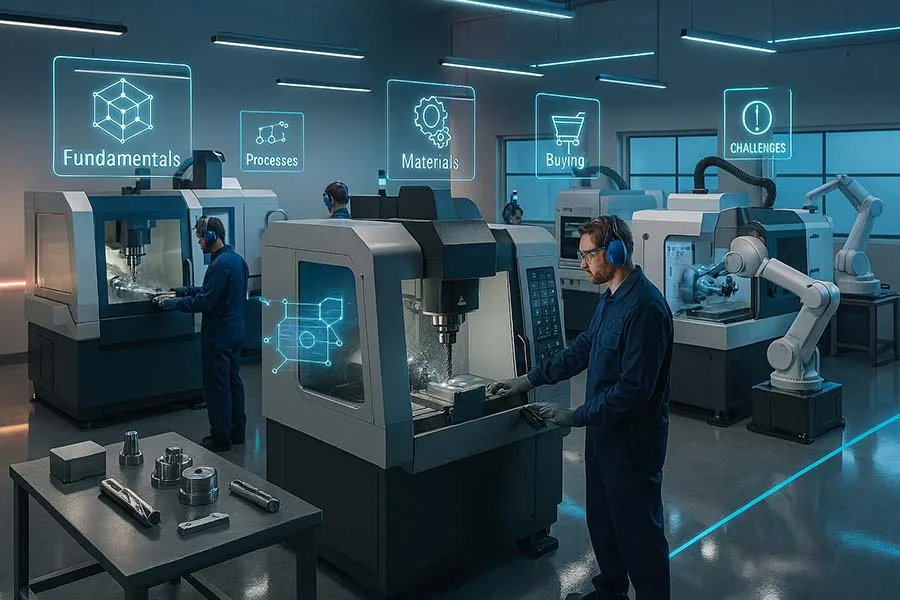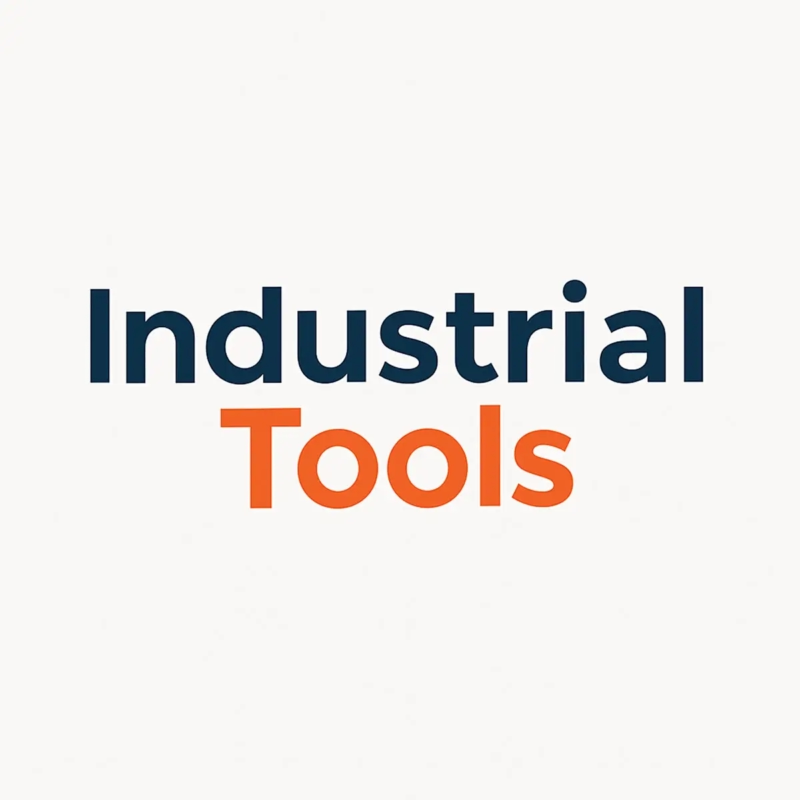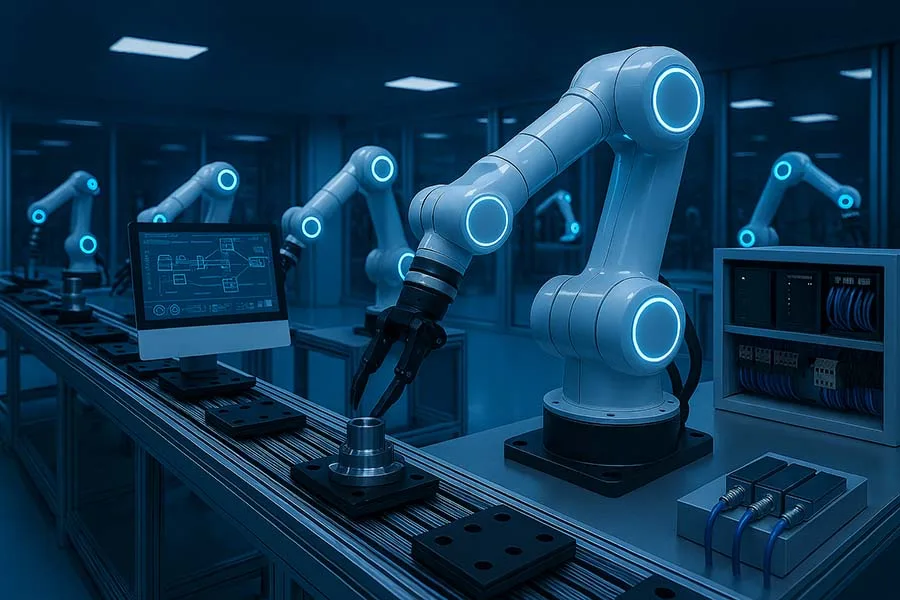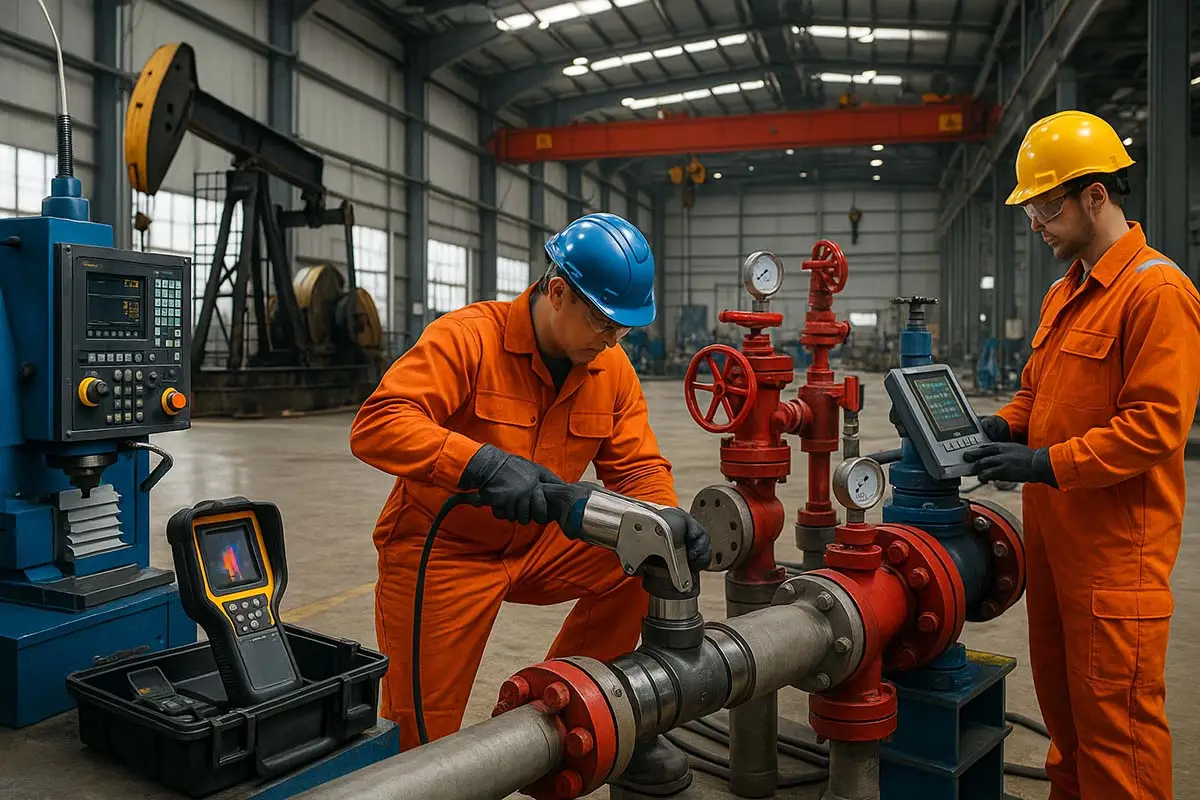Introduction: Why CNC Machining Matters
CNC (Computer Numerical Control) machining is the cornerstone of modern manufacturing. From aerospace and automotive to medical devices and electronics, CNC machines deliver precision, speed, and repeatability unmatched by traditional methods.
This comprehensive guide covers everything you need to know about CNC machining — its history, principles, technologies, applications, challenges, and industry best practices. Each section links to in-depth subcluster resources, providing a complete roadmap for beginners, professionals, and decision-makers.
1. CNC Machining Fundamentals
Before diving into advanced topics, it’s important to understand the core principles and basics of CNC machining. This subcluster covers:
- Introduction to CNC machines and controls
- G-code and programming fundamentals
- Key machine types (mills, lathes, routers, multi-axis machines)
- Operational best practices
2. CNC Machining Processes & Technologies
Once you understand the basics, you can explore the wide variety of processes and technologies that make CNC machining versatile:
- Milling, turning, grinding, and multi-axis operations
- Advanced techniques such as high-speed machining, laser cutting, and robotic integration
- Automation and Industry 4.0 technologies
3. CNC Materials & Applications
CNC machining is not just about machines — it’s about working with diverse materials for diverse industries:
- Metals (aluminum, steel, titanium)
- Plastics and composites
- Wood and specialty materials
- Applications in aerospace, automotive, medical, electronics, and more
4. CNC Machining Challenges & Innovations
Every advanced manufacturing process comes with challenges and opportunities for innovation. This subcluster covers:
- Common CNC operational challenges
- Cybersecurity in CNC environments
- Sustainability and energy efficiency
- CNC vs 3D printing: competition and complementarity
- Overcoming the skills gap in CNC operations
5. CNC Buying Guides & Reviews
Investing in CNC equipment is a major decision. This subcluster helps you make informed choices by exploring:
- How to choose the right CNC machine for your industry
- Cost breakdown and ROI analysis
- Top CNC brands compared (Haas, Mazak, DMG Mori)
- CNC software reviews (Fusion 360, Mastercam, SolidCAM)
6. CNC Machining Training & Support
Even the best machines require skilled operators to maximize their potential. This subcluster focuses on:
- CNC operator certification paths
- Best practices for CNC safety
- FAQs about CNC machining
- Glossary of CNC terms for operators and engineers
Why CNC Machining Is the Backbone of Modern Manufacturing
CNC machining powers industries by combining precision, speed, and automation. Its advantages include:
- Reduced production time and labor costs
- Consistent quality and repeatability
- Flexibility across materials and applications
- Integration with advanced technologies like robotics and AI
From prototype to production, CNC machining ensures efficiency, reliability, and competitiveness in modern manufacturing.
Conclusion
This ultimate CNC guide connects every aspect of the field — from fundamentals and processes, to materials, challenges, buying decisions, and operator training. By following these linked resources, you’ll have everything you need to master CNC machining, make informed investments, and maintain a safe, efficient, and innovative shop.
Your Turn Now
Which CNC topic are you most interested in — fundamentals, advanced processes, materials, or certifications? Leave a comment and let’s discuss the future of CNC machining together!





